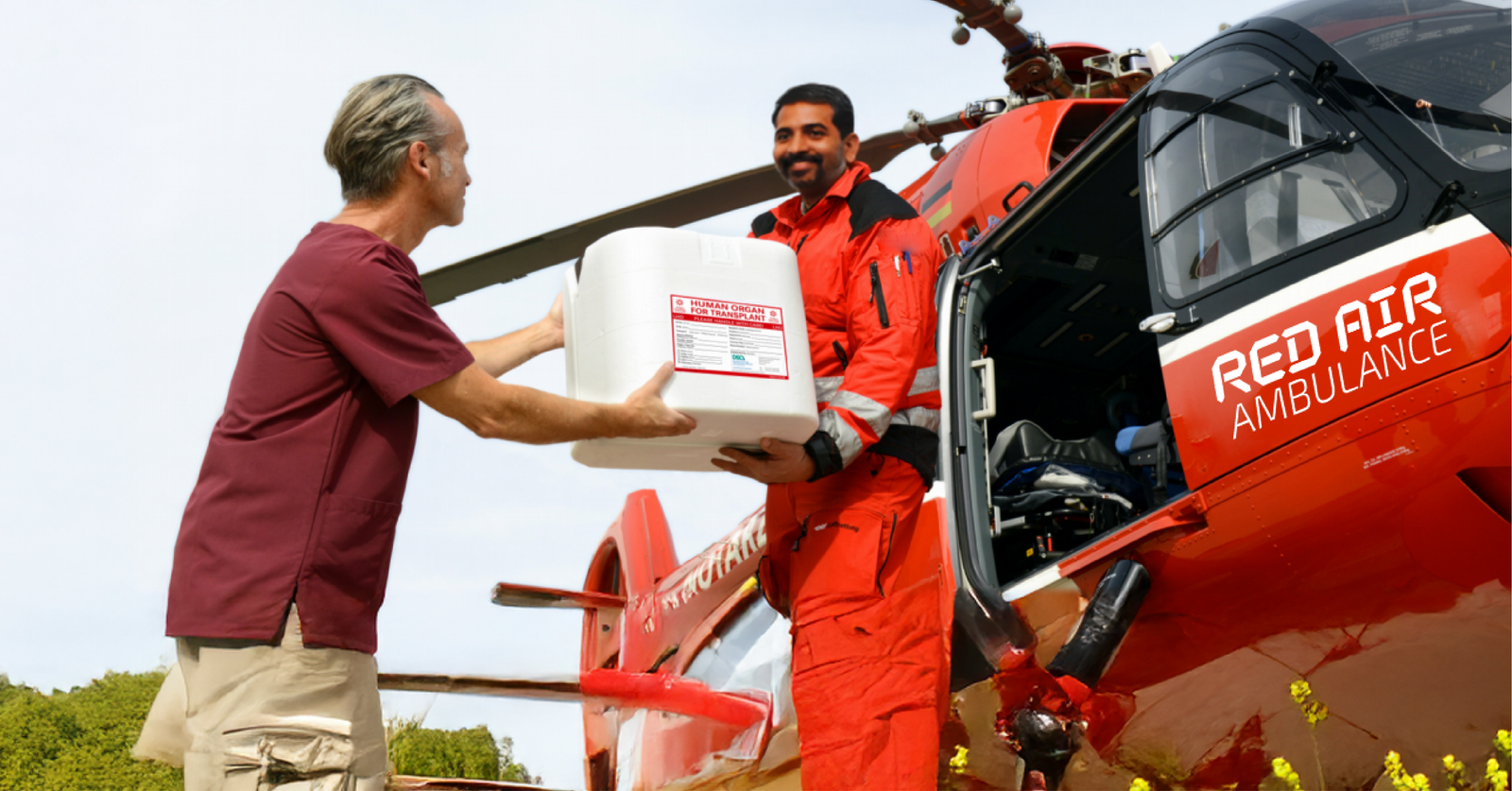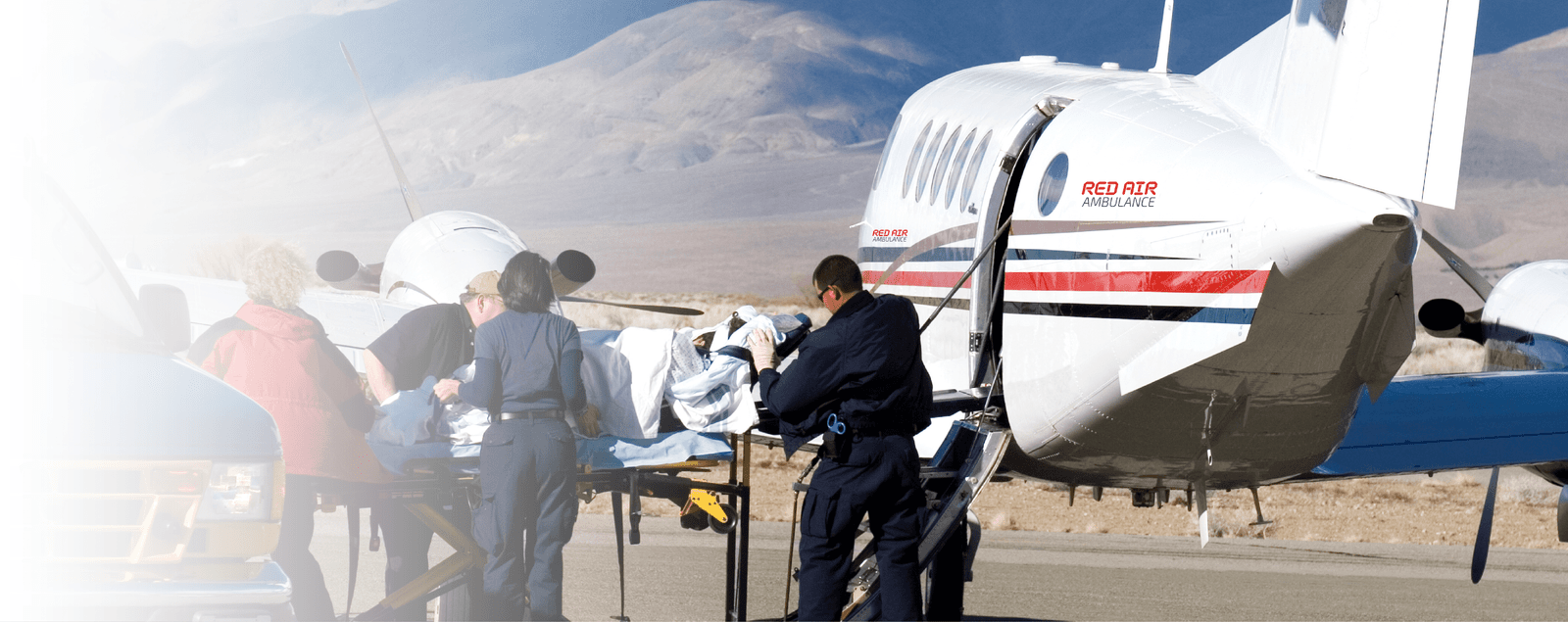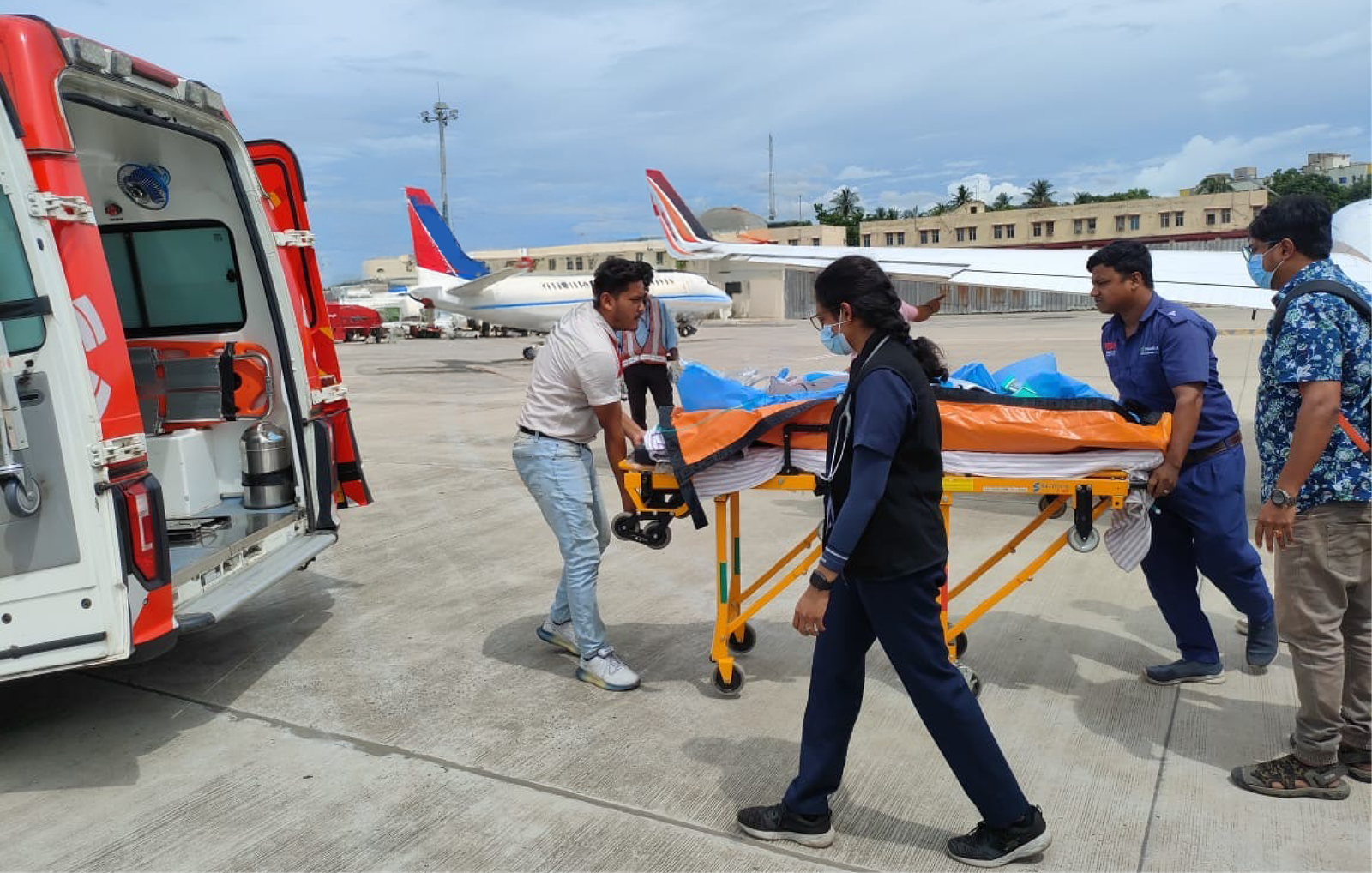When it comes to organ transfers, time and precision are critical. Medical advancements have enabled quicker and safer transportation of organs over long distances, with air ambulances playing a pivotal role. These specialized services are designed for efficient organ transfers, ensuring that both the organ and recipient receive the best care possible. However, understanding the costs and processes involved is vital for anyone considering such services.
Here’s an in-depth look at how we at RED Air Ambulance provide best organ transfer Service organ transfers, the factors influencing costs, and why this mode of transportation is indispensable.
The Role of Air Ambulances in Organ Transfers
Air ambulances are suitable for long-distance medical transportation. Unlike ground ambulances, which are limited to regional or local distances, air ambulances specialize in swiftly and securely moving organs across hundreds of miles. Moreover, they ensure that critical organs like hearts, livers, and kidneys reach recipients in the best possible condition.
Patient transfer by air ambulance involves meticulous planning. From coordinating with medical teams to ensuring compliance with aviation and healthcare regulations, every aspect is carefully managed. A well-equipped air ambulance can significantly reduce the time needed for organ transportation, improving the success rate of transplants.
Factors That Influence the Costs of Organ Transfers with Air Ambulance
The cost of air ambulance services for best organ transfer Service depends on various factors. Here’s a closer look at what drives these expenses:
1. Distance of Travel
Since air ambulances are used exclusively for long-distance journeys, the distance covered is a significant factor influencing costs. Longer flights require more resources, such as fuel and crew hours, impacting the overall price.
2. Type of Aircraft
The type of aircraft used for the transfer can also affect costs. Modern air ambulances are equipped with advanced medical technology to ensure organ safety. The specific aircraft chosen depends on the distance, weather conditions, and the type of organ being transported.
3. In-House Medical Team
Air ambulances provide an experienced medical team onboard to monitor the organ’s condition. This team includes specialized doctors, paramedics, and technicians who are trained to handle emergencies during the flight. The availability of such a team contributes to the cost but also ensures the organ’s safety.
4. Logistics and Coordination
Planning an organ transfer via air ambulance is a complex process. It involves coordination with multiple parties, including hospitals, ground ambulances, and aviation authorities. This planning ensures that there are no delays, which is especially important for time-sensitive transfers.
5. Additional Equipment
Advanced medical equipment is often required to maintain the viability of the organ during transit. Air ambulances are equipped with devices that regulate temperature, monitor organ health, and provide immediate intervention if needed.
Advantages of Using Air Ambulances for Organ Transfers
Air ambulances offer several benefits that make them the preferred choice for organ transfers. While ground ambulances play an essential role, they cannot match the speed and range of air transport. Here are some key advantages:
1. Speed and Efficiency
The most significant advantage of air ambulances is their speed. They can cover long distances in a fraction of the time it would take for a ground ambulance, ensuring that the organ reaches its destination promptly.
2. Specialized Care
Air ambulances come with a dedicated medical team and specialized equipment to safeguard the organ during transit. This level of care is unmatched and crucial for maintaining the organ’s integrity.
3. Seamless Door-to-Door Service
Air ambulance services often include two separate ground ambulances to ensure a smooth transfer process. One ground ambulance collects the organ from the hospital or donor location and delivers it to the air ambulance. Upon reaching the destination, another ground ambulance takes the organ to the recipient’s hospital.
4. Comprehensive Planning
Organ transfers require careful planning, and air ambulances excel in this area. With precise scheduling, advanced communication systems, and detailed logistics, air ambulances ensure a hassle-free transfer.
Planning an Organ Transfer with an Air Ambulance
Organ transfers via air ambulances require significant preparation and planning. Unlike emergency services that can be deployed immediately, organ transportation involves multiple steps to ensure smooth operation.
At least six to eight hours of preparation time is typically required to arrange the aircraft, medical team, and necessary equipment. This preparation ensures that the organ is transported under optimal conditions and that the receiving team is ready for the transplant procedure upon arrival.
The process also includes obtaining necessary clearances, coordinating with hospitals, and ensuring that all medical protocols are followed. We at RED specialize in managing these complexities, providing emergency air ambulance service and provide a seamless experience for our clients.
Addressing Misconceptions About Air Ambulance Services
While air ambulances are critical for best organ transfer Service it’s important to understand their limitations and intended use. They are designed for long-distance transportation and are not a substitute for ground ambulances in local or regional emergencies.
Air ambulances require proper planning and cannot be dispatched without adequate preparation. The focus is on ensuring the organ’s safety during transit, which necessitates careful coordination and time.
Ground ambulances remain essential for short-distance patient and organ transfers. They are often a part of the overall process, working in conjunction with air ambulances to provide comprehensive transportation services.
Why Choose RED Air Ambulance for Organ Transfers?
RED Air Ambulance stands out as a trusted provider of air medical transfer services for organ transportation. Committed to excellence and safety, and ensure that every organ transfer is handled with precision and care.
From the moment the organ is retrieved to its final destination, we manage every aspect of the transfer. Their state-of-the-art aircraft, skilled medical teams, and seamless coordination make them a reliable choice for organ transfers.
Conclusion: Making Informed Choices for Organ Transfers
Organ transfers via air ambulance are a lifesaving service that requires meticulous planning and execution. Understanding the factors that influence costs and the benefits of using air ambulances can help families and medical professionals make informed decisions.
When considering air ambulance services for organ transfers, choosing a reputable provider like RED Air Ambulance ensures that the process is handled with the utmost care and professionalism. With our expertise and dedication, we make the journey as smooth and stress-free as possible.
If you’re looking for the best organ transfer service, trust RED Air Ambulance to deliver excellence when it matters most. Contact us today to learn more about their specialized services.
Frequently Asked Questions (FAQs)
1. What makes air ambulances ideal for organ transfers?
Air ambulances offer speed, specialized medical equipment, and expert teams, making them perfect for long-distance organ transfers where timing is critical.
2. What factors influence the cost of an organ transfer by air ambulance?
Costs depend on travel distance, aircraft type, onboard medical team, logistics, and required medical equipment to ensure safe and fast organ delivery.
3.How long does it take to plan an organ transfer via air ambulance?
Organ transfers typically require 6–8 hours of planning to coordinate aircraft, medical staff, and ground transport for a smooth and timely operation.
4. Do air ambulances provide ground transportation too?
Yes, RED Air Ambulance coordinates two ground ambulances—one for pickup and one for final delivery—to ensure a seamless, door-to-door transfer process.
5. Are air ambulances used only in emergencies?
Not at all. While they’re critical in emergencies, air ambulances are also used for planned transfers like organ transport where speed and care are essential.


 18001207004
18001207004
 January 31, 2025
January 31, 2025 Red Health
Red Health

